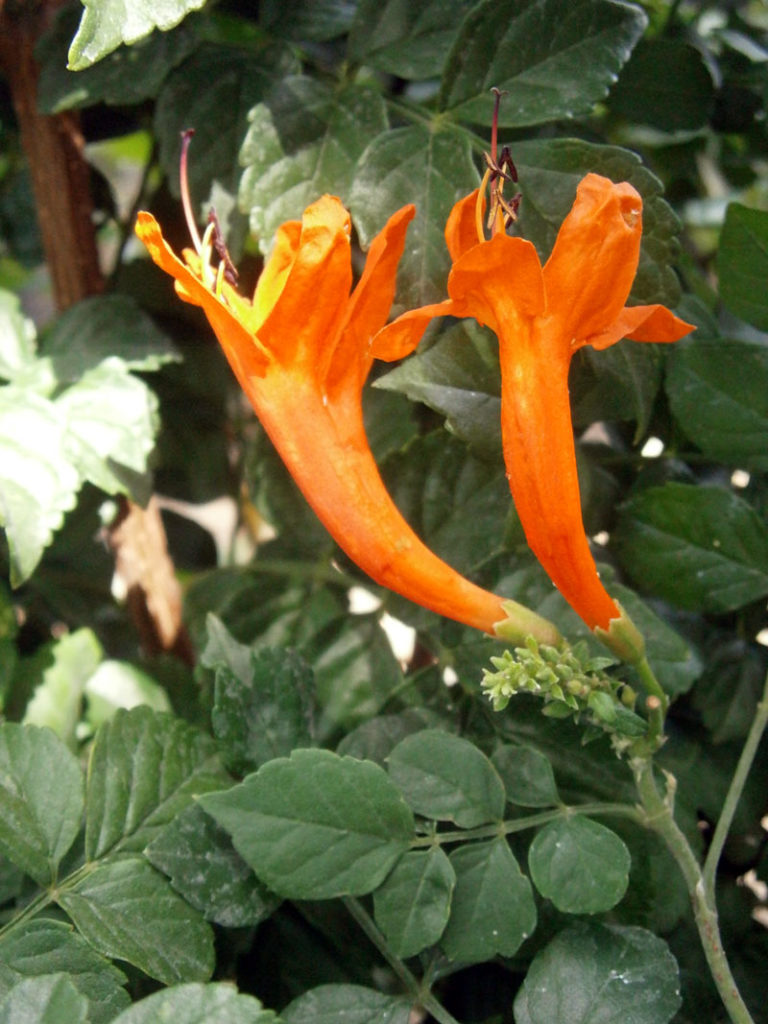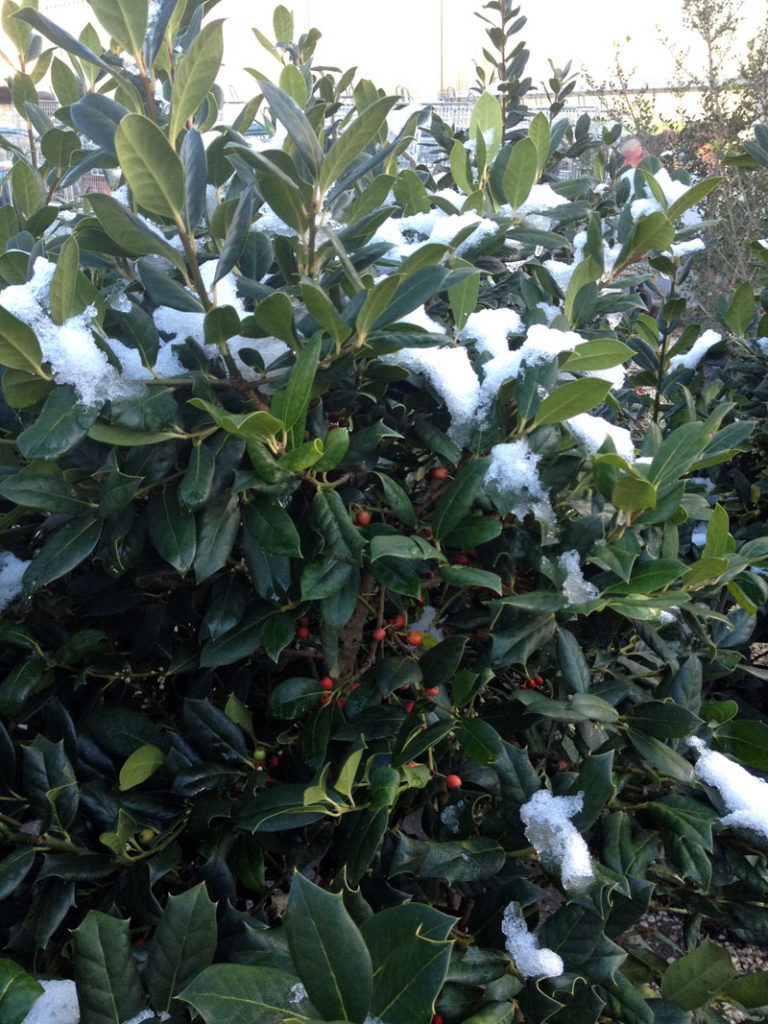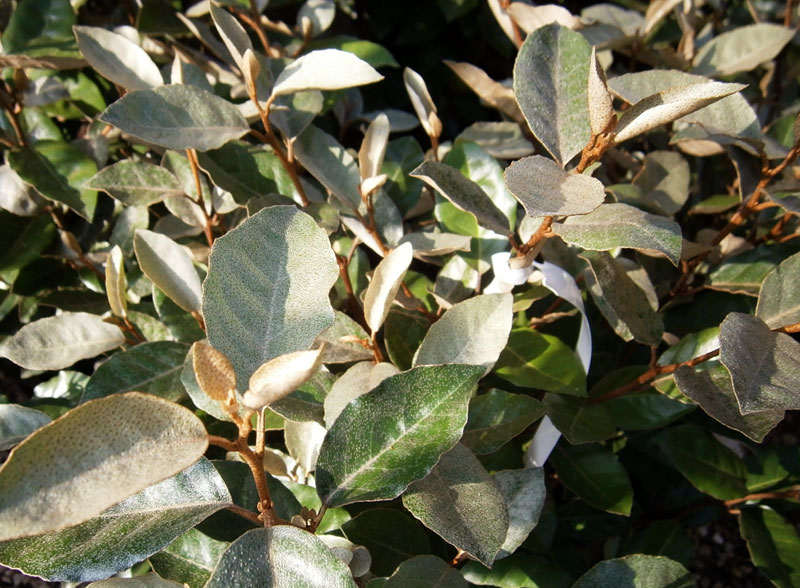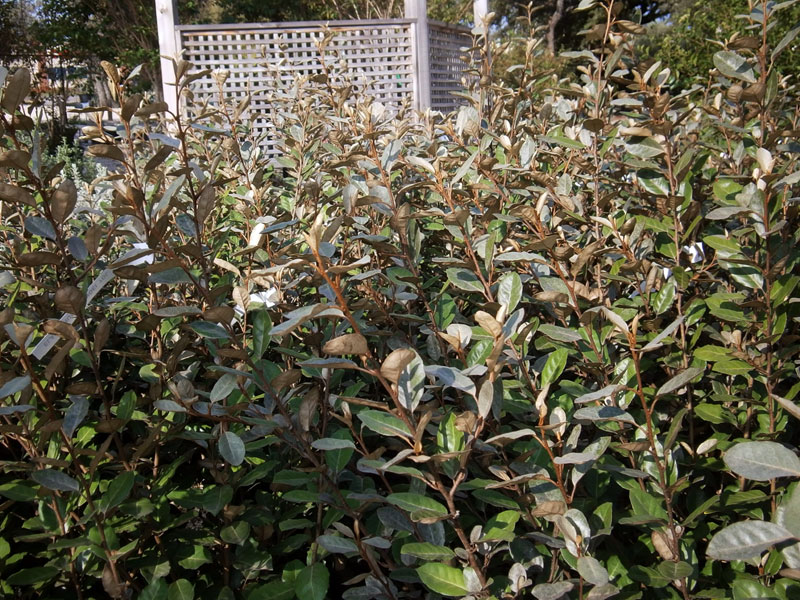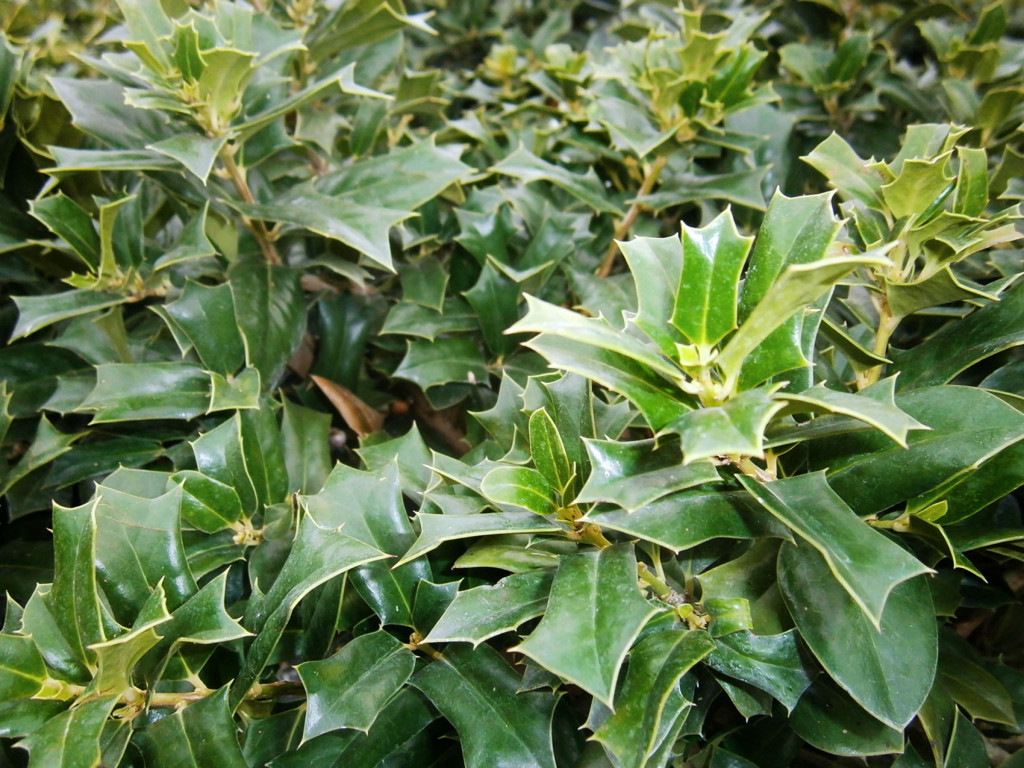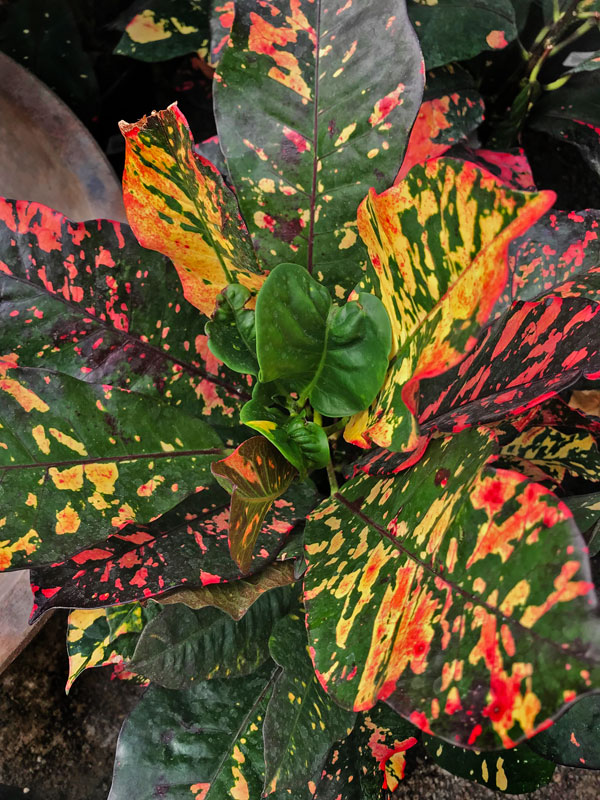
Let's show our houseplants some love, huh? Here's one of our favorites. Crotons are known for their vibrant, colorful foliage. While they are show stoppers, they can also be a bit dramatic. Read on to learn how to properly care for these beautiful plants!
Crotons are tropical evergreens grown for their colorful foliage- green, orange, red, nearly black and yellow, all at once! Leaves can be ovate, slender and elongated or even curly. While they do flower, the event is rare, especially indoors. They have an upright growth habit of 3-5' tall and wide with a moderate to fast growth rate.
Crotons are best grown in containers. If you plant them in the ground, they will be unhappy once temperature dip down into the 50's. They may start to drop leaves and are only cold hardy to 30º. Keeping them in containers means they can easily be moved indoors for winter. Or just leave them there!
Give these tropicals bright, indirect light. If your Croton's leaves aren't as colorful as you had hoped, or start to fall off, your plant may need more light. Be careful about moving these guys all around trying to find the right spot, however. They don't do well with change and may drop their leaves. Drama queens. Don't worry, they are also resilient and with some love, they'll forgive you.
When watering Crotons, water evenly and let the soil dry out in between drinks. Too much or too little water and they will let you know by (guess what?) dropping their leaves. They love humidity, keep a misting bottle of water handy to spray around the foliage. Wiping the leaves down with a damp cloth from time to time will keep the leaves looking nice and dust free. It can also help deter pests such as mealybugs, spider mites or scale.
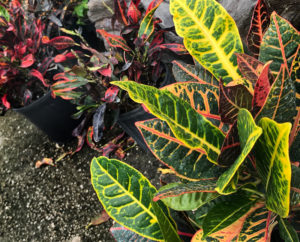
Crotons should be fertilized in spring and summer and don't need much else. Unless you want to. If you're crazy about fertilizing, feed Mr. Croton about once a month until dormancy in winter. Use a balanced formula for houseplants like a 10-10-10 or triple 20.
So, maaaaybe these houseplants are not the best for beginners. But if you're willing to experiment and take some time to get to know your friend the Croton, it will reward you with gorgeous color for years to come! Ready to try it? We have them now at The Garden Center. Choose from Franklin, Petra, Mamey or Magnificent!

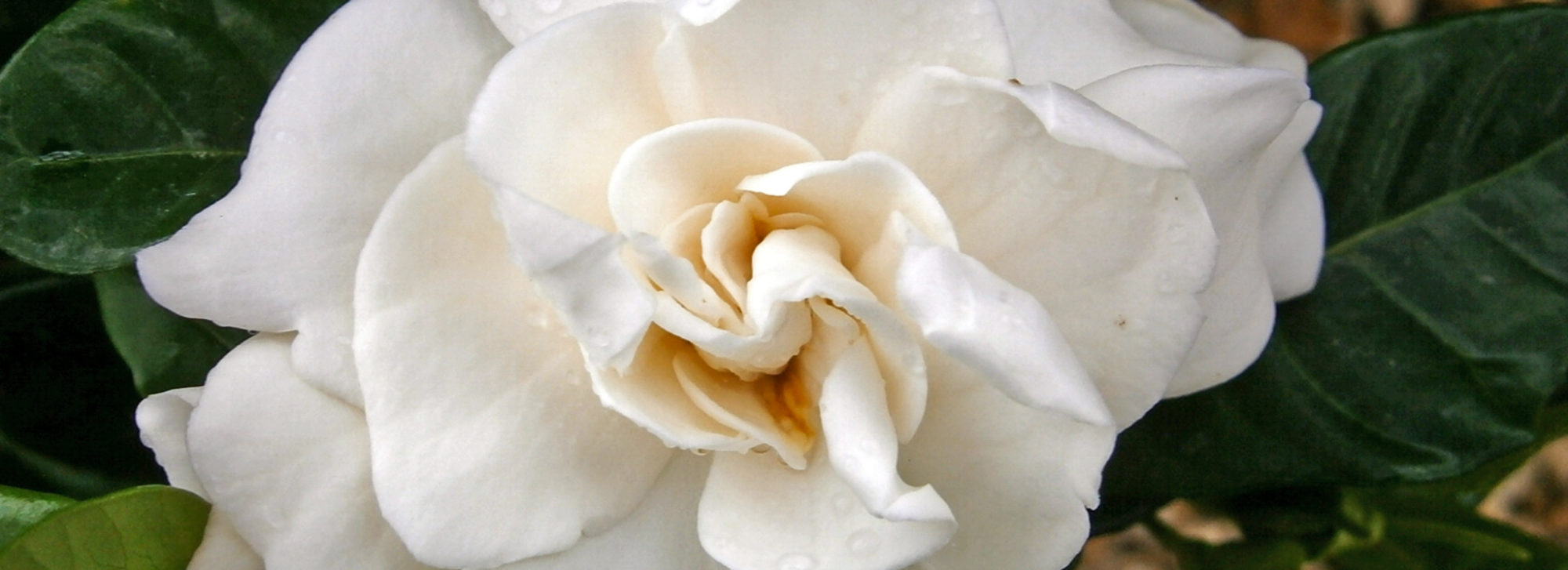
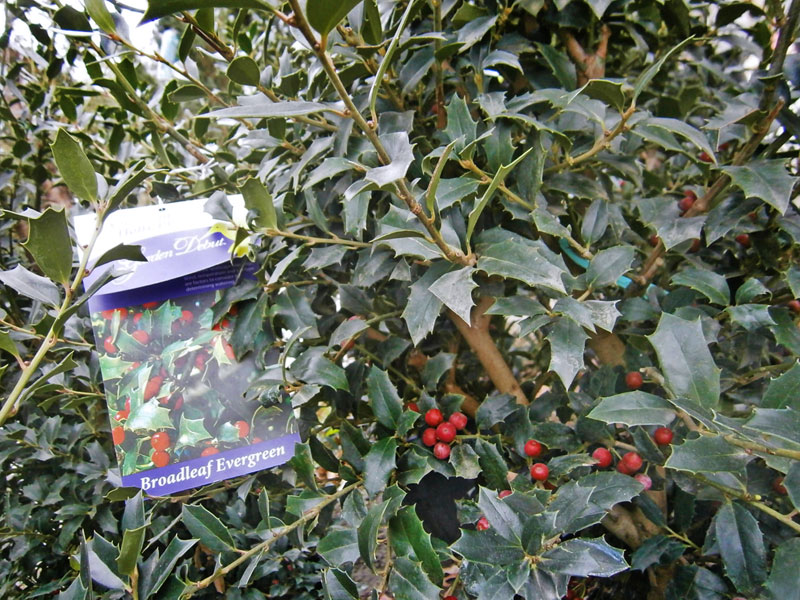 'Tis the season to buy hollies fa la la la laaa la la la laaaaaa! Hollies are starting to show off their winter berries and Christmas Jewel is one of our new favorites!
'Tis the season to buy hollies fa la la la laaa la la la laaaaaa! Hollies are starting to show off their winter berries and Christmas Jewel is one of our new favorites!